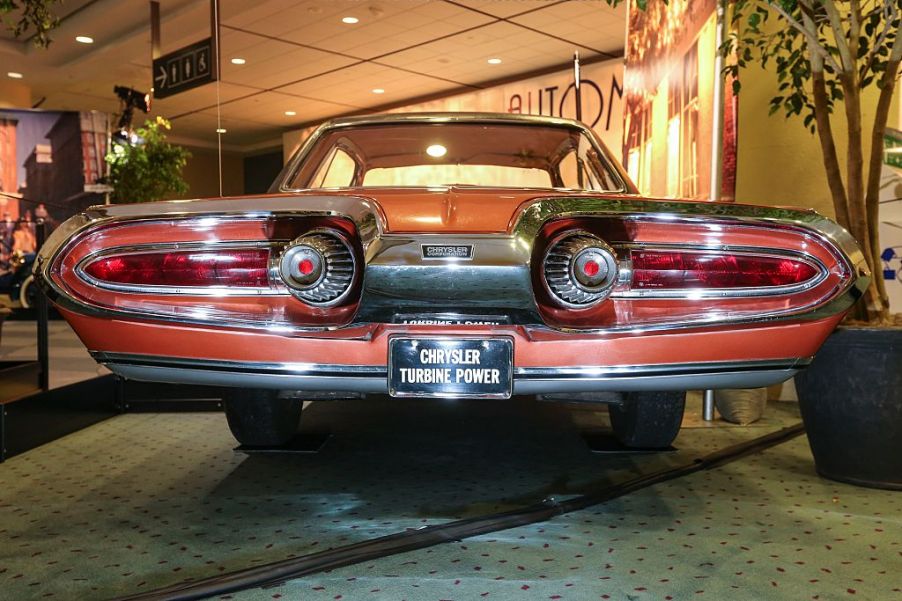
Chrysler Produced A Car With An Turbine Engine
When it comes to engines, we think of the typical gas-powered engine or electric motor, or even a combination of the two that is becoming more popular in plug-in hybrids, but we don’t typically think about outfitting a car with a turbine. Apparently Chrysler did, and they named it – appropriately – the Chrysler Turbine. Once intended for potential production, only nine of these Turbines still exist, one belonging to Jay Leno.
Introducing the Chrysler Turbine
The Chrysler Turbine was a car unlike any other, just for what it had sitting under its hood. It was produced for only a short time, from 1963 to 1964, and didn’t make as large of an impact on the future of cars as the designers and engineers may have originally thought.
The Turbine was a two-door coupe that never made it form concept designs to full-scale production, although several drivable cars were created and a few of them even sold to private collectors. Altogether only 55 Turbines were ever made

The gas turbine engine produced a reported 130bhp, which isn’t impressively fast, but it was also incredibly high revving, having a standard idling rpm of around 18,000 to 22,000 rpms.
The turbine engine was really the only extraordinary feature of the Chrysler Turbine. Turbine engines have a typically longer life span than combustion engines and they don’t require as much maintenance.
Why don’t we see turbine engines in cars more often?
Turbine engines have never been a popular option for replacing a standard combustion engine in cars, and they most likely never will be.
For one thing, turbine engines aren’t necessarily fuel-efficient, and they offer relatively awful gas mileage. While you can put about any combustion fluid into the turbine engine, it isn’t cost efficient to use Patron to power your turbine engine car.

Along with having inefficient fuel economy, the Chrysler Turbine would fail to meet emissions law in most states, and turbine engines would have to be modified heavily to live up to EPA standards. As plug-in hybrids and full-electric cars become more affordable and appealing, having something as environmentally unfocused as a turbine engine would likely not catch most people’s attention – at least not in a good way.
Turbine engines do have their upsides, but they are significantly more expensive to produce because of the metals required due to the high-heat produced by the engine. They are also rarer than the already uncommon rotary engine, and that makes them more expensive to work on as you would need to seek out a specialist.
We might be sad to say that turbines probably won’t be the future of cars, but it’s still comforting to know that a major car manufacturer like Chrysler made a valiant effort to create something unique, even if it might have been a total flop.


